We may receive a commission when you use our affiliate links. However, this does not impact our recommendations.
I always stress to my students the importance of "designing WITH the grain". By that I mean designing a piece with grain orientation in mind, not only for aesthetic consideration, but also as a structural parameter. Under "designing with the grain" I include acknowledgement of wood movement – wood's tendency to expand and contract during seasonal changes of air humidity. In order to ensure long lasting furniture, we have to engineer structures, components, and hardware that address this phenomenon. Over the years I have seen too many furniture whose makers were ignorant or decided to take the risk to overlook this factor. Every time we neglect to take this factor into account, disasters in the form of joint separation or surfaces cracks afflict our furniture.
Wood expands and contracts across the grain. Its extension along the grain is negligible. To help my students remember this I tell them that wood is like a fully matured adult. It can get wider or thinner but it can never grow taller. As we swell and shrink so does the lumber we use in furniture.
For example: If you glue long grain breadboard (along its entire length) to a solid wood panel's cross cut edge, the panel is then destined for enormous stress that will eventually lead to cracks. I am mentioning all of this because in the construction of the Hope-chest lid I had to take into account wood movement.
The cherry frame that is glued to the poplar core lid includes two "Bread board" like parts. Gluing them (along their entire length) to the cross cut end grain of the lid would lead to a disaster. Instead I chose to put glue along a 5" strip in the middle of the cross cut area. This kept the bread board secured to the lid and frame and allowed the lid to expand and contract with no significant stress.
In the first picture you can see how I milled the joints on the end of one of the frame parts. I used a tenoning jig on a table saw.
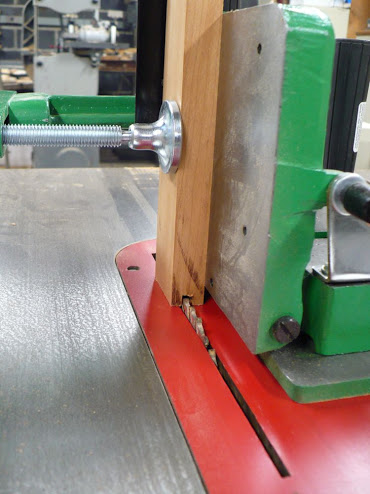
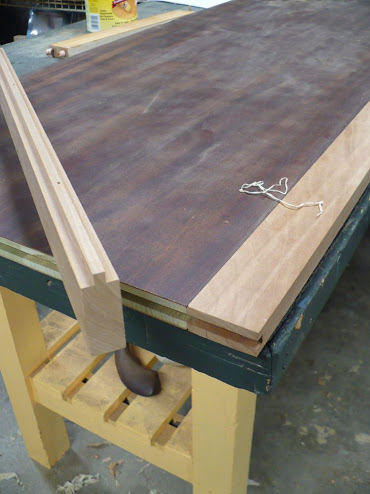
Gluing the frame parts to the poplar-core panel that will become the lid.
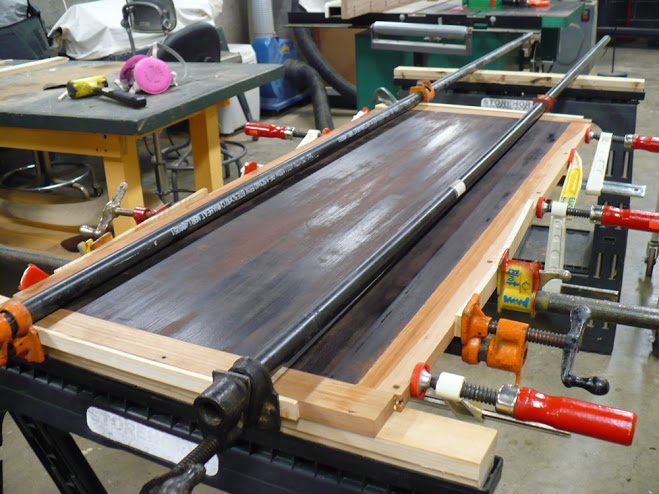
In order to divert attention to the seasonal miss-alignment and movement between the cross edge (bread-board) and the side stile of the frame lid I constructed a subtle detail at each of the frame corners. This detail will help in camouflaging any Flush Deficiency Disorder (i just invented this term) generated from seasonal movements.
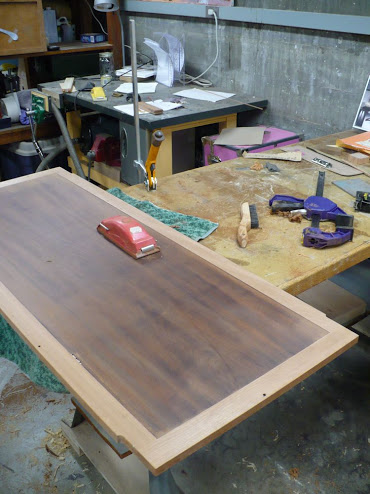
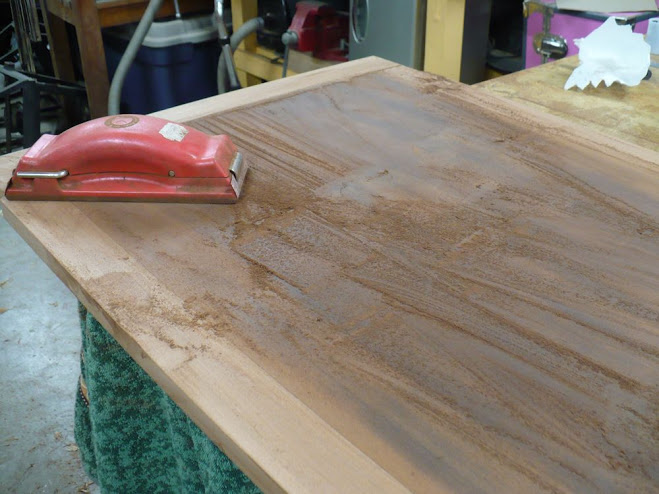
The corner detail in the completed lid.
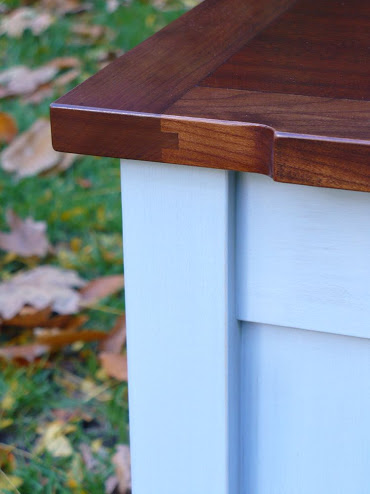
Here are some supplies and tools we find essential in our everyday work around the shop. We may receive a commission from sales referred by our links; however, we have carefully selected these products for their usefulness and quality.








